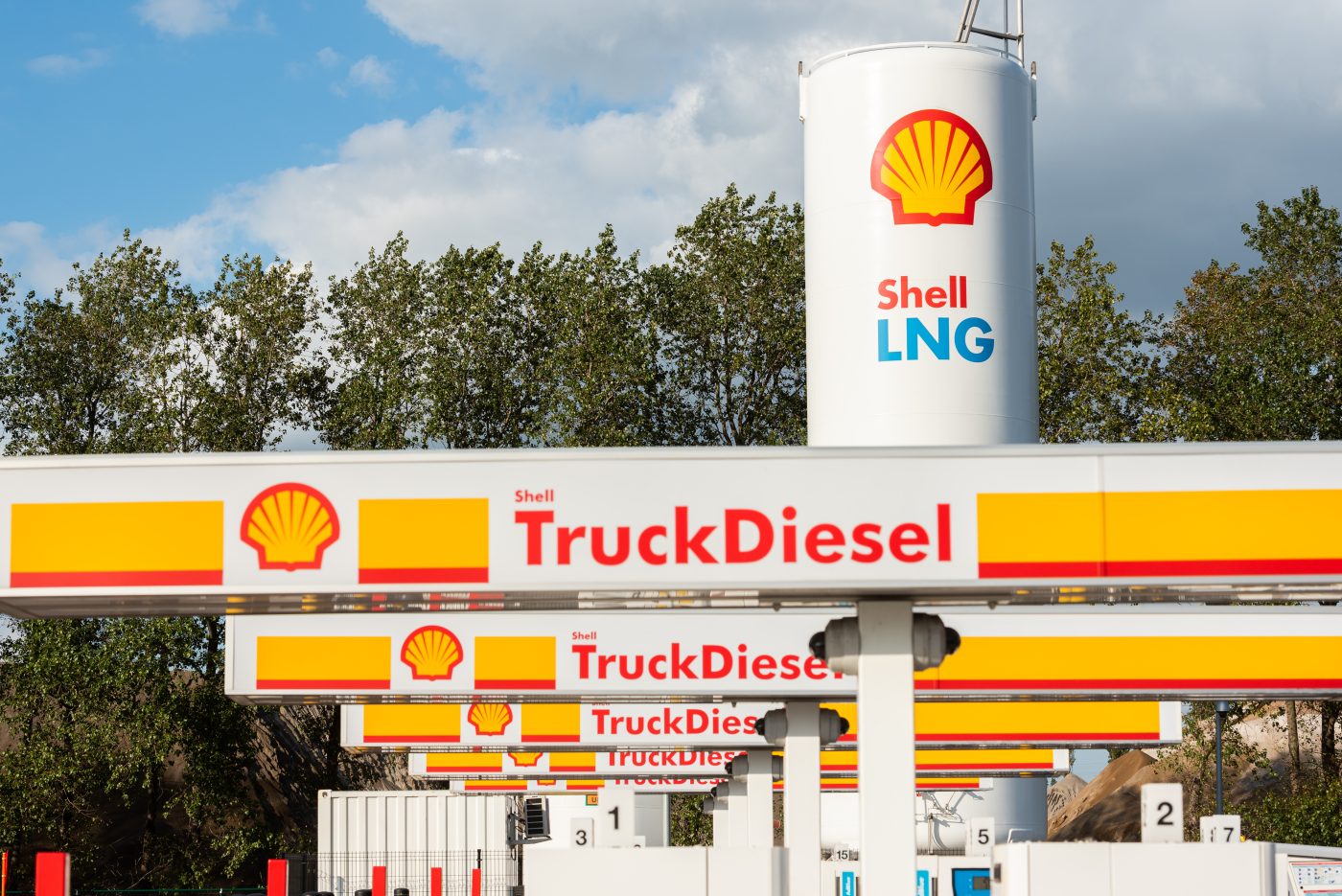Is there life beyond Russian gas?
Until last year, the answer in most European capitals would have been a firm no. The events of 2022, when Russia cut pipeline supplies to Europe to a fifth of previous levels proved them wrong.
In fact, the changes triggered by the Kremlin’s politically motivated curtailments have been so dramatic that the mood across Europe has switched from all-out panic over skyrocketing energy costs to expectations the current oversupply could push prices to record lows.
In less than a year, regasification terminals for liquified natural gas (LNG) in the European Union (EU) increased from 27 to 35, allowing for more imports.
Producing countries such as Azerbaijan and Norway maxed out exports to help plug the Russian shortfall. Meanwhile, gas demand across the EU fell by 13% year on year, the steepest drop in history.
Barring a sharp recovery in demand, or a chain of unforeseen outages at LNG production plants worldwide in the upcoming months, Europe could well settle for a longer period of oversupply, where the remaining Russian imports would no longer be needed.
Given this outlook, why is Europe still hesitating?
One argument is that Russia exports both pipeline gas and LNG, and that some of these supplies are tied up in long-term contracts which cannot be unilaterally terminated without incurring hefty penalties.
Leaving aside the fact that last year Russia did exactly that, by curtailing supplies well ahead of expiry, it is true that some European buyers hold long-term pipeline gas or LNG agreements, some of which do not end until 2040 or later. Early termination might involve negotiations to avoid ending up in arbitration tribunals and paying onerous awards.
Since the EU set a phase-out date for Russian gas by 2027, the deadline could arguably be brought forward.
Nevertheless, some of the few remaining importers — such as Hungary — have not only shown little appetite for terminating contracts ahead of expiry but also signed new supply agreements in recent months.
Hungary’s interest in continuing Russian imports is hardly surprising, given the Orbán government’s pro-Kremlin stance. The blunt truth is that ample Russian imports, possibly sold at discounted prices, enabled Hungary’s government to suppress gas tariffs to secure political support.
Nevertheless, with market prices now having plunged by 80% since the start of the year and showing signs they will fall still further, Hungary could extricate itself from the Russian contracts and seek opportunities elsewhere.
Budapest’s apparent unwillingness to curb Russian gas imports has attracted criticism even from former ally Poland, which found based on detailed calculations, that Hungary could technically replace imports. It just didn’t want to, Poland concluded.
Like Hungary, other buyers in Austria and Serbia, which continue to rely heavily on Russian imports, would argue that severing this reliance would jeopardize their economies.
Those still hesitating should look no further than Ukraine or Moldova.
After years of debilitating dependence on Russian gas, Ukraine halted imports altogether in 2015, shortly after Russia’s annexation of Crimea.
Within less than two years, it had diversified supplies and the gas sector switched from being a drain on the budget to a major contributor of tax.
Moldova, perhaps the most dependent and vulnerable of all European buyers has defied all odds since 2021, when Moscow reduced its exports at the start of winter. It has since built a diverse group of suppliers to wean itself off Russian gas.
In both cases, stopping Russian supplies not only helped to diversify supplies and improve transparency and accountability but also emboldened them to stand up to Russian bullying.
Although lingering risks remain, linked to a tight global gas production outlook until the middle of the decade, Europe is now in a much better position to start thinking of a concrete plan to stop Russian imports.
As a first step, it could ban the restart of supplies via Nord Stream 1 and Yamal, where Russia curtailed gas supplies to amplify the energy crisis.
A similar ban should extend to the controversial Nord Stream 2 pipelines which were built but never used before Russia’s full-scale invasion of Ukraine last year — and were later sabotaged — and to any other new or idle pipelines which Russia, or friendly countries, may seek to build or use.
Such a ban would also entitle European buyers to request guarantees of origin for imported gas to ensure they do not find themselves in breach of sanctions.
Given current market circumstances, the phase-out could happen earlier than the EU’s set date of 2027.
A ban on pipeline gas and LNG could be set for as early as the beginning of 2025, by which time the Ukrainian transit contract for Russian gas to some European consumers ends and more LNG supplies should also start reaching markets globally
Landlocked Hungary and Austria will likely oppose early sanctions on Russian gas, arguing they face constraints in securing alternative supplies.
Their arguments may be more politically motivated than based on market reasoning since other landlocked countries such as Slovakia signed import contracts for regasified LNG imported via European terminals.
If the two countries insist, they could be granted exemptions similar to the oil waivers for Hungary, Slovakia, and the Czech Republic, which allow them to continue temporarily importing Russian oil.
The ban on Russian gas imports could meanwhile be brought forward for most of Europe, with the others demonstrating they are taking all steps to secure certifiable non-Russian supplies in preparation for the 2027 deadline.
Dr. Aura Sabadus is a senior energy journalist who writes about Eastern Europe, Turkey, and Ukraine for Independent Commodity Intelligence Services (ICIS), a London-based global energy and petrochemicals news and market data provider.
The views expressed are her own.
Europe’s Edge is CEPA’s online journal covering critical topics on the foreign policy docket across Europe and North America. All opinions are those of the author and do not necessarily represent the position or views of the institutions they represent or the Center for European Policy Analysis.





